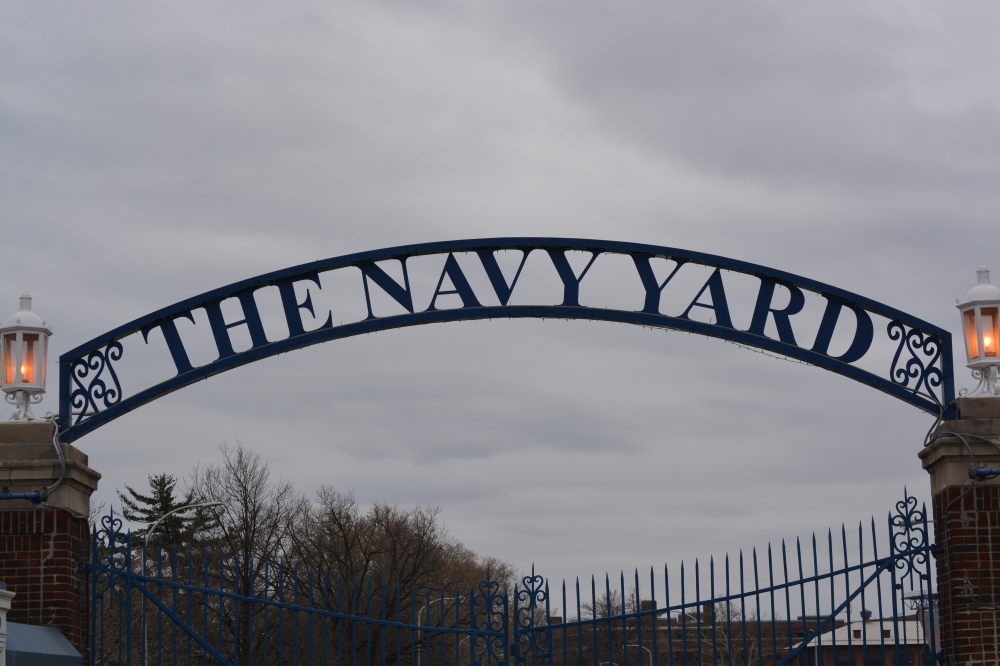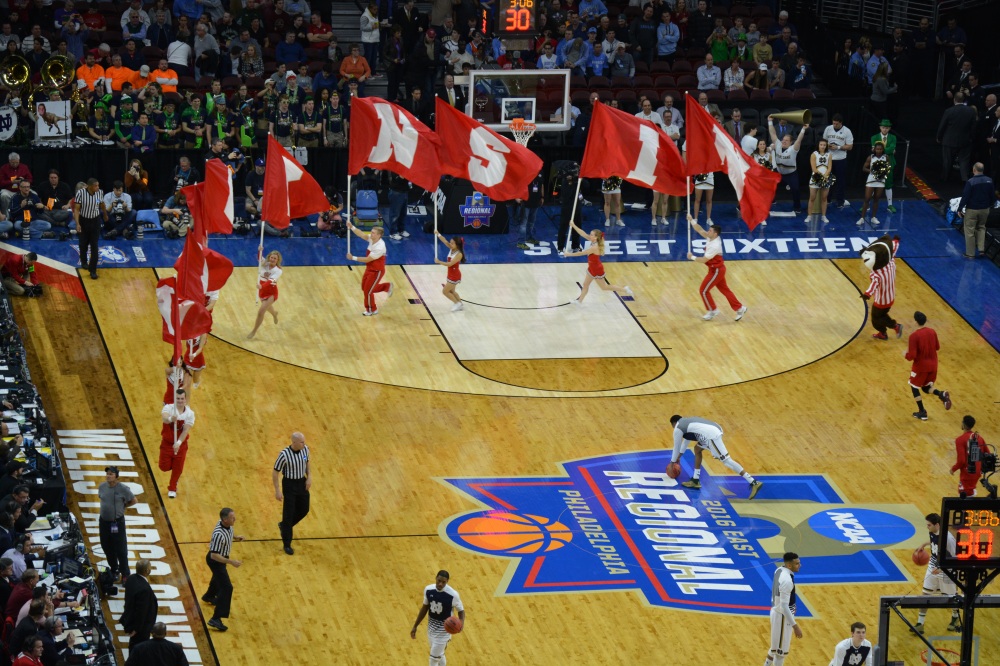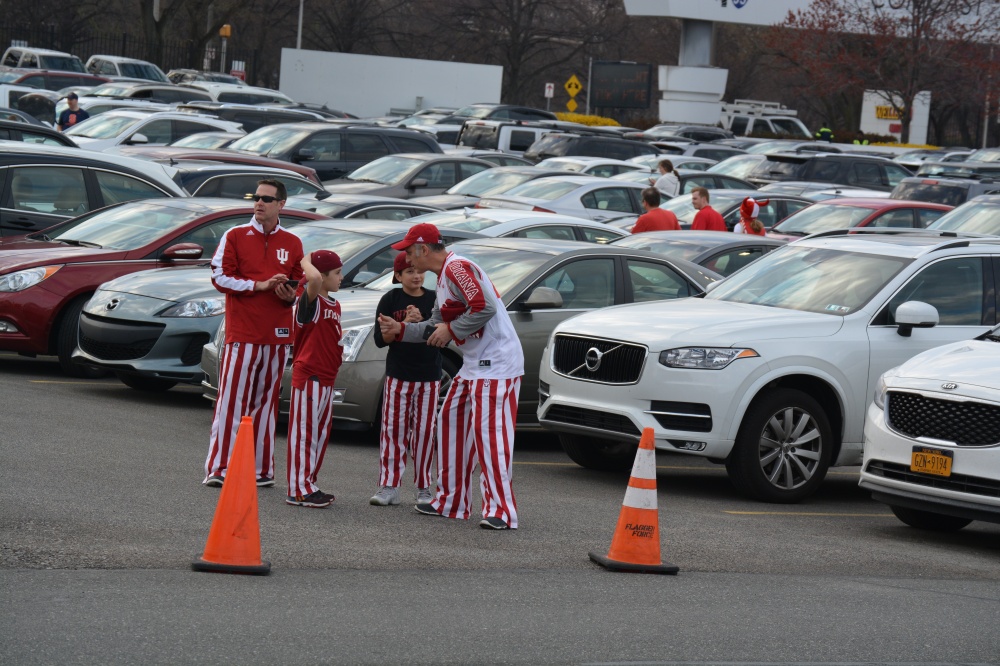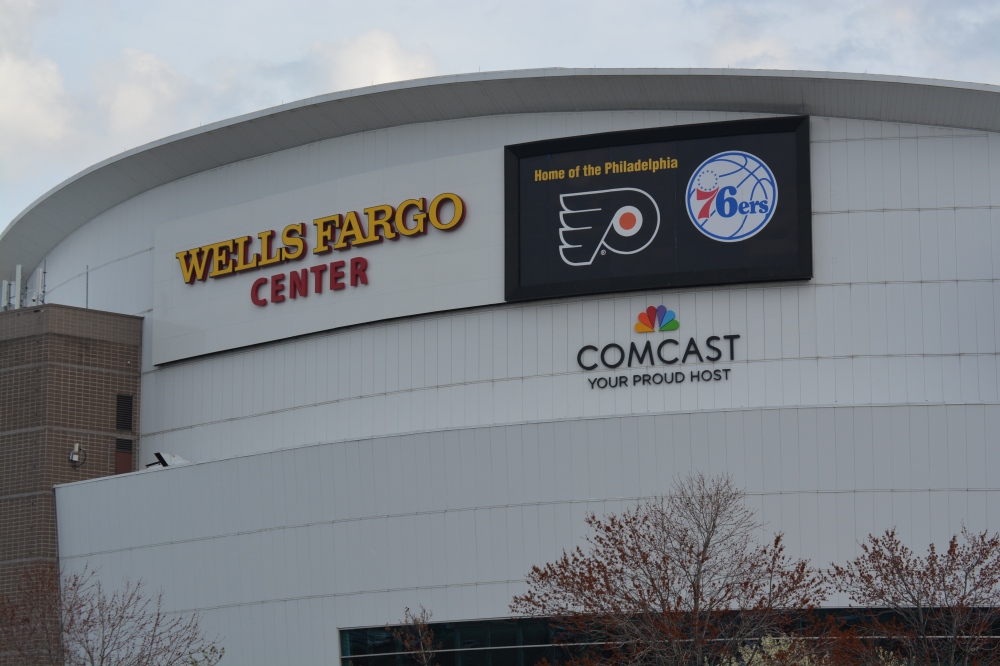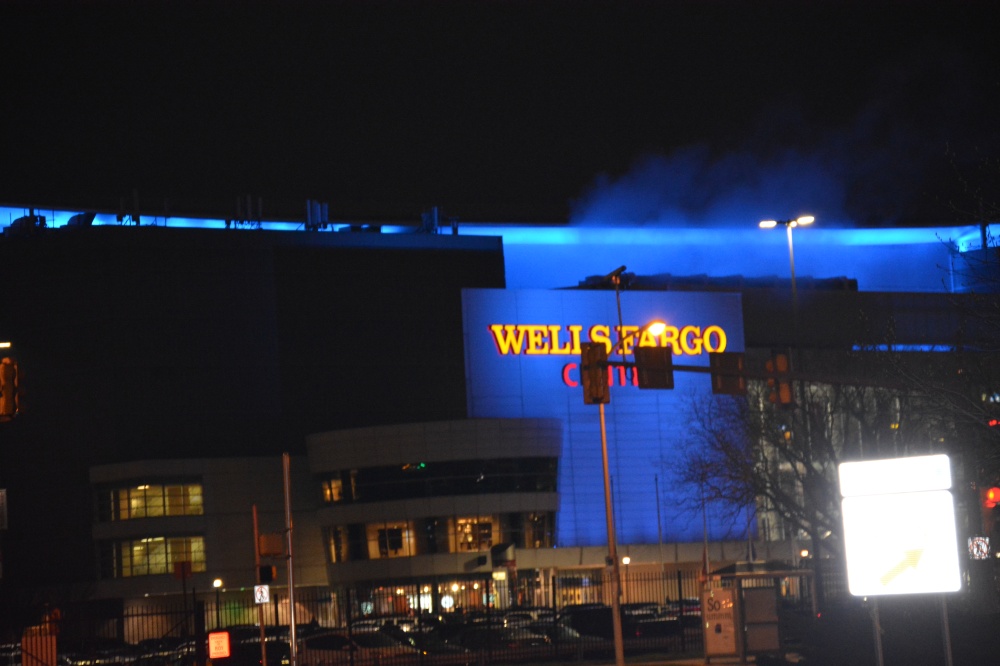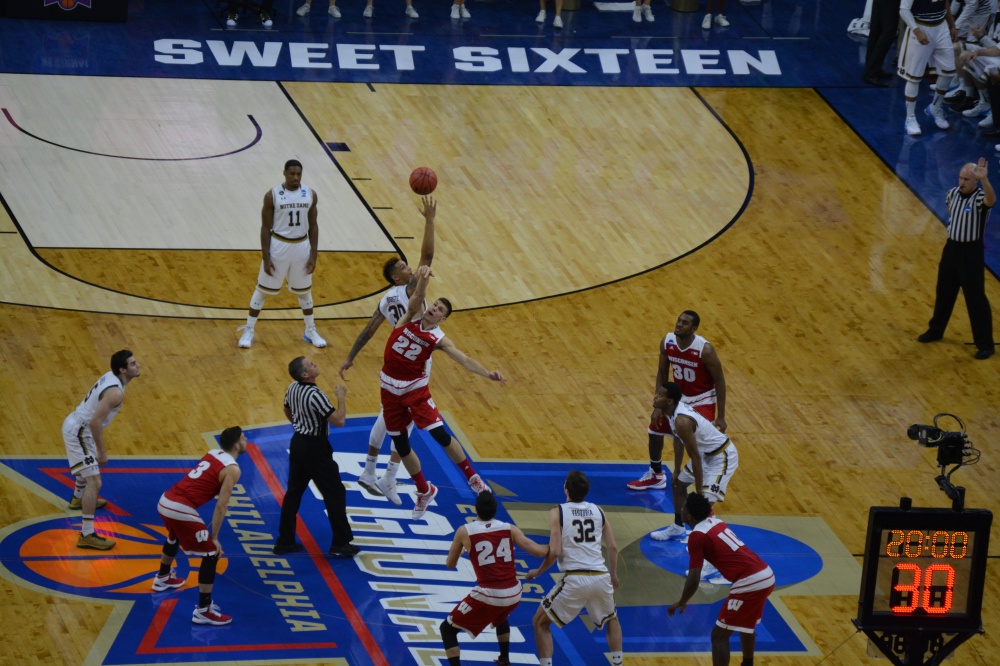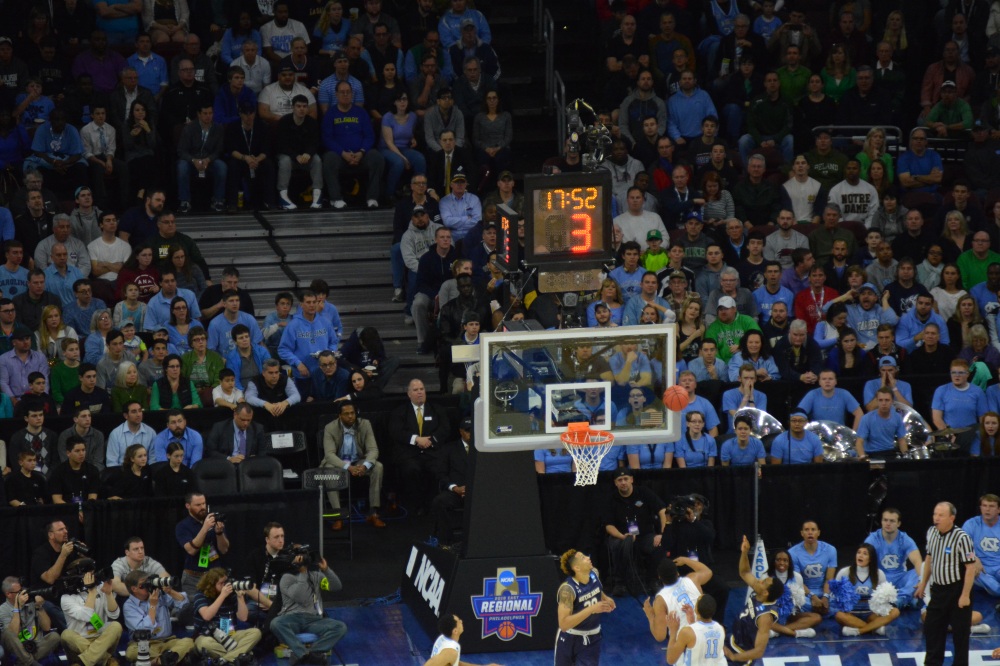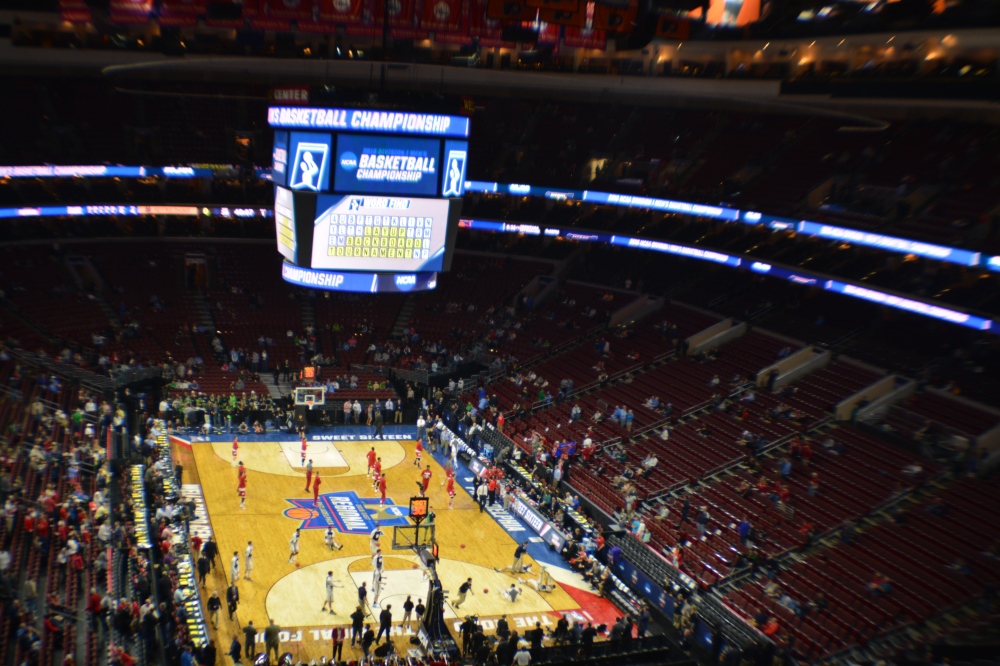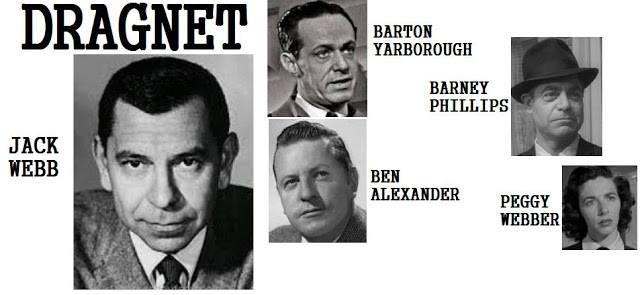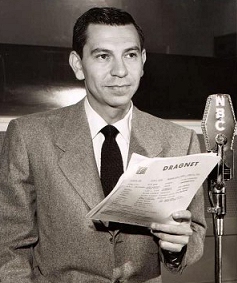“The time has come,” the Walrus said,
“To talk of many things:
Of shoes–and ships–and sealing-wax–
Of cabbages–and kings–
And why the sea is boiling hot–
And whether pigs have wings.”
Through the Looking Glass Lewis Carroll 1872

Same trip to event as day 1 but a bit later in the morning.
First event I attended was Taking Taboo Topics Social. This was a panel moderated by Randi Zuckerberg, the Founder & CEO of Zuckerberg Media and author of “Dot Complicated”. The panel members were Binta Niambi Brown, CEO of Fermata Entertainment; Nicole Lapin, financial journalist and author of Rich Bitch; and Molly Hayward, CEO of Cora, a startup centered on menstruation and women in developing countries.
Brown stated, “We are so afraid of offending one another and losing friends that we’re not willing to engage in tough political discussions. Allow yourself to be vulnerable, and make people uncomfortable. And, really this probably should have been the first thing, be really authentic and honest in your expression.”
Lapin said, “Women are more comfortable talking about blow jobs and periods than what they make. They prefer to admit their weight than their salary.”
Hayward, speaking about a trip to Kenya, said, “I met a girl sitting in front of her home who should’ve been in school. I asked why she wasn’t in school and she said, ‘I have my period.’ That really struck home for me. I realized this is something that we as women all experience. How can I, through business, connect women in my own society with women and girls in need?”
As I listened to panel first thought was that there are not really “taboo” topics. I worked many years in different types of organizations and do not remember any salary talk among men or women. I never knew what others made and they did not know what I made. I have been told that women are less likely than men to talk about salary but there are men who do not talk about it.
As for menstruation, I remember television and magazine ads from years ago on menstrual products from pads and tampons to pills to deal with cramps. The topic may be totally taboo overseas but in the U.S. you need to be a hermit to be unaware that it exists.
Video of the event here https://www.youtube.com/watch?v=NJjd1Uj19Ck
The next talk I attended was The New York Times on Big Data and Publishing. The panel consisted of three Times employees, Steve Lohr (Technology Reporter), Alex MacCallum (Assistant Editor), and Michael Zimbalist, (SVP, Advertising Products and research and Development).
Print media has probably been hit hardest by the digital revolution. With news all over the web who needs a newspaper or magazine? Of three big news magazines, U.S. News and World Report (1933), Newsweek (1933) and Time (1923) only Time remains as a print weekly. Newspapers have also fallen on hard times. The past 50 years have seen the death of many afternoon papers and few cities have two newspapers. Newspapers were slow to react to the digital age and have been searching for the best way to present themselves on the internet.
As one of the nation’s most widely circulated newspapers (the three top circulation newspapers in order are USA Today, The Wall Street Journal, and the New York Times) the Times did not create an audience development staff until the fall of 2014 when they put Alexandra MacCallum in charge of creating one.
According to the panel, one problem facing the Times was paying attention to the front door, their home page, and neglecting the side doors of social media. MacCallum said, ““It isn’t chasing clicks; it’s making people loyal to the Times specifically,” she said. “The Times has had the luxury of readers coming direct for many many years. As readers move from search to social, we haven’t been as in front of them.”
The Times now has 15 copy editors and Web producers as “SEO ambassadors” (SEO is Search Engine Optimization). The purpose of SEO is to identify ley words so people searching for topic will find a Times article if they published on that topic. MacCullum’s staff does not demand reporters use social media but will encourage and work them to jump into conversation on social media.
Video of the event here https://www.youtube.com/watch?v=Tw3drSf-o20
Next up was #Rokertalk: Weather Gets Digital with Andrew Freedman, Science Editor at Mashable, interviewing Al Roker of the Today Show. Roker feels, “More data, means a better forecast. A richer experience.”

Roker is a fan of digital and apps. He has his own app, Al’s Weather Rokies. He likes Twitter, saying, “I think Twitter is the most significant tool. Not just for weather, but for real-time information to verify a forecast.”
One question dealt with the difference in audience between the work he does on the Today show and the Weather Channel. Roker said that on the Today show there is limited time so you need to get the basic information people need out while with the Weather Channel there is time to delve into things.
Roker feels you have to deal with fact in the weather. He said, “Just because it’s on the Internet, it doesn’t mean it’s true.”
This was a very entertaining discussion.
Video of the event here https://www.youtube.com/watch?v=4MNVWhBqBmM
Chis Babel, CEO, TRUSTe did a session titled Somebody’s Watching You: Smart Devices and Privacy. Babel said that we need to be aware of who gets our private information and whether we care. He says we have devices today that can monitor our daily life. He showed slides from his devices showing how long he slept one night, where he was during the day, and more. He said we expect the information to go the app maker which keeps the data for us but some apps send the data to several places. If you download apps you have probably seen things like app needs access to identity, contacts, location, photos, media files, etc.
Video of the event here https://www.youtube.com/watch?v=uLtGwt5_s-0
Next up was a session titled From On-Demand to In Demand with a panel of Samer Hamadeh, CEO of Zeel Toby Hervey, GM of Pager, Alex Levin, GM of Handy, Holger Luedorf, SVP of Postmates, and Amanda Rosenberg, VP of Marketing for Glamsquad. The moderator was Laura Rich, CEO of Street Fight.
On-demand has been around a long time in some areas, like Pizza delivering, but technology has brought new life to the concept. Some of the new companies are bringing old things into the present. Video rental companies like Blockbuster have all but disappeared but Blockbuster lives on as Blockbuster On Demand on DISH. The poster child of On-Demand is Uber.
Zeel advertises “Getting a great massage has never been easier! Zeel delivers top-quality massage from vetted, licensed therapists to your home, hotel or office in as little as an hour from the time you book.”
https://www.zeel.com/
Pager has an app let you request board-certified doctors to a specified location, in other words bringing back home visits by doctors.
http://pager.com/
Handy is an online booking platform for cleaners, plumbers and home services.
https://www.handy.com/
Postmates promises one hour home or office delivery from local merchants. Currently only available in a few major cities.
https://postmates.com/
Glamsquad, as you might guess, sends professional beauty experts to your home, office, or hotel. They have makeup people and hair stylists.
http://www.glamsquad.com/
Street Fight defines itself as a media, events, and research company focused on the business of hyperlocal publishing, commerce, marketing and technology. The Street Fight website publishes news, commentary, case studies, and how-to articles to chronicle the hyperlocal ecosystem’s development of sustainable business models.
http://streetfightmag.com/
The main discussion was about whether On-Demand has staying power or is just a fad.The panelists agreed that a big selling point of the industry is convenience.
Street Fight recently wrote “Stepping back briefly to define ODLS, It usually involves services that are summoned on-demand through mobile apps, then promptly fulfilled offline. For users, it brings immediate needs to their fingertips. For providers, it aggregates demand. This creates marketplace transparency that brings together buyer and seller more efficiently.”
If you are interested in On-Demand the following 3 articles give a good explanation of the concept.
Is Apple Pay Set to Power On-Demand Local Services?
http://streetfightmag.com/2014/10/27/will-apple-pay-drive-on-demand-local-services/
The Uberification of the “1099 Economy”
http://streetfightmag.com/2015/01/12/the-uberification-of-the-1099-economy/
On-Demand Local Services: The End of SMB Advertising as We Know It?
http://streetfightmag.com/2015/02/09/on-demand-local-services-the-end-of-smb-advertising-as-we-know-it/
Video of the event here https://www.youtube.com/watch?v=6iFOc4xDiHk
My final panel of Day 2 was True Costs of Ad Fraud. The panel was Ed Montes, Chief Revenue Officer of DataXu, Andrew Casale, President and CEO of Index Exchnge, and Jonathan Mendez, CEO of Yiekdbot. The moderator was Alex Kantrowitz, Ad Tech reporter for Advertising Age.
According to the panel more than $6 billion will be lost to ad fraud this year.
The most common form of ad fraud is by computers hijacked by viruses and programmed to visit sites. The virus maker then gets paid for ads based on the false visits, in other words the site gets 1 million supposed visits and ad people pay based on that data. In reality, no real people visited the site so the ad makers gets no return from the ad.
About 28% of advertising money is now spent on digital ads so this is big business. The concern is that if ad fraud is not controlled businesses will stop advertising on the web and legitimate sites will lose money and fail.
To control fraud we now have online-ad auditing firms to check for fraudulent traffic.
Video of the event here https://www.youtube.com/watch?v=22hNFgK227o
Day 2 was very enjoyable with a lot of interesting information.
So it was back to the hotel. In New York City the subway system is based on uptown and downtown. When you go from 18th street to 37th street you are going uptown, from 37th street to 18th street you are going downtown. When I get off at the 23rd street station in the morning I come out on 6th avenue but that station entrance only gets you to downtown trains. To get back I had to cross 6th avenue and go to Broadway. The station entrance at Broadway and 23rd takes you to uptown trains. There are stations where you can get uptown and downtown trains so you have pay attention to signs at the entrance to determine if you can go either direction.

About 21st Street and Broadway

